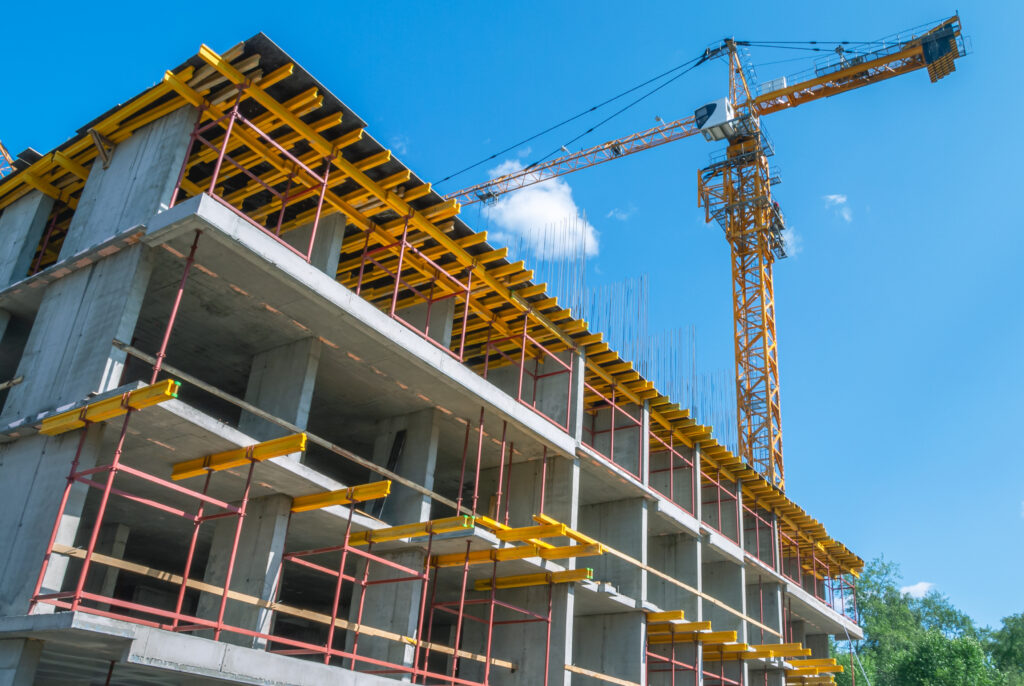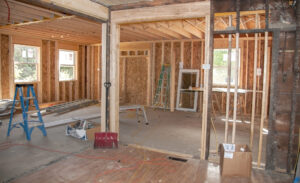Floods can be quite detrimental. They not only have the potential to cause massive property destruction, but can also lead to loss of lives.
Also, if floods happen to strike a specific area, they are likely to cause disruption of commerce, transportation, and even public services.
In short, floods are a nightmare.
This is the main reason why authorities, including those of Ocean County come up with regulations to help prevent such issues from happening.
One such law entails flood zone requirements for commercial buildings.
The purpose of these rules is to reduce the chances of flooding, especially bearing in mind that Ocean County is a coastal region.
This means that there is a certain way that these establishments have to be developed to prevent chances of flooding, not only in the specific building but also around the area.

Are You Looking To Build A Commercial Building?
This article gives information regarding different requirements for these constructions in Ocean County.
Flood Zone Requirements
Elevated Buildings
According to the Federal Emergency Management Agency (FEMA), commercial establishments in AE zones have to be elevated above the Base Flood Elevation (BFE) level.
AE zones can be regarded as those areas that have a 1% chance of flooding any time during the year and a 26% chance through a 30-year mortgage according to FEMA. These sections are stipulated in the Flood Insurance Rate Maps and have their own recommended elevation level.
VE zones too are not left behind because they should be built on columns or pilings with breakaway walls to help minimize chances of flood damage.
Just like AE zones, VE zones also have a 1% chance. The only difference is that these ones have additional hazards related to strong currents, storm surges, and high wave action.
Use Strong Connections
In high risk regions such as AE and VE zones, commercial constructions have to use very strong connections in order to withstand forces of storm surges, high winds, and wave actions that are likely to happen.
Strong connections can include anchor bolts, hurricane straps, and steel fasteners. These reinforcements should work together and perfectly to prevent structural displacement during extreme weather conditions.
For elevated buildings, pile-to-beam connections have to be made in such a way that they can resist uplift and lateral forces. In addition to this, the framing components like walls and roofs need to be securely attached together to help distribute the stress evenly.
Utilize Flood-Damage Resistant Materials
High-risk areas need the implementation of flood-damage resistant materials to help protect the overall structure from deterioration. This helps maintain the structural integrity of the building and increases its longevity.
Some of the common materials that can be used include concrete, pressure-treated wood, and waterproof coatings. Others may entail ceramic tile, stainless steel, and specially treated gypsum to help resist the growth of mold and water infiltration.
By making use of such materials, contractors can be able to reduce the chances of flooding in Ocean County’s commercial construction.
Drainage Solutions
Since commercial establishments produce a lot of water, they need to have great drainage solutions to help prevent excess water accumulation and minimize potential risks of flooding.
Ocean County is a very flood-prone region. Therefore, proper drainage is required to help reduce water runoff, reduce erosion, and protect establishments from damage by water.
Some good drainage solutions that can be utilized here include permeable pavements, bioswales, underground drainage systems and retention ponds.
In addition to drainage, contractors have to pay attention to other rules and regulations related to water management. One such example is stormwater management. These terms have to be followed as set by the Federal Emergency Management Agency (FEMA) and the New Jersey Department of Environmental Protection (NJDEP).
The goal of these drainage management practices is to ensure that the properties can handle heavy rainfall and storm surges without overwhelming the drainage infrastructure of the municipality. Following these strategies not only helps to boost resilience but also maintains environmental stability and compliance.
Since Ocean County is located along New Jersey’s coastline, it is quite prone to flooding. For this reason, constructing commercial structures in this area comes with a couple of challenges. One main issue is potential flooding risks.
This is the main reason why the authorities in this area set requirements that all commercial structures must adhere to. By following these terms and conditions, the commercial buildings put up can be regarded as having fulfilled the needed building codes. This goes a long way in helping the state and local authorities to mitigate flooding.




